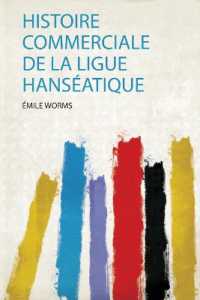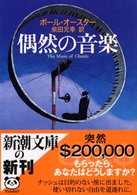- ホーム
- > 洋書
- > 英文書
- > Science / Mathematics
Full Description
Philosophy of the Text This text presents an introductory survey of the basic concepts and applied mathematical methods of nonlinear science as well as an introduction to some simple related nonlinear experimental activities.








